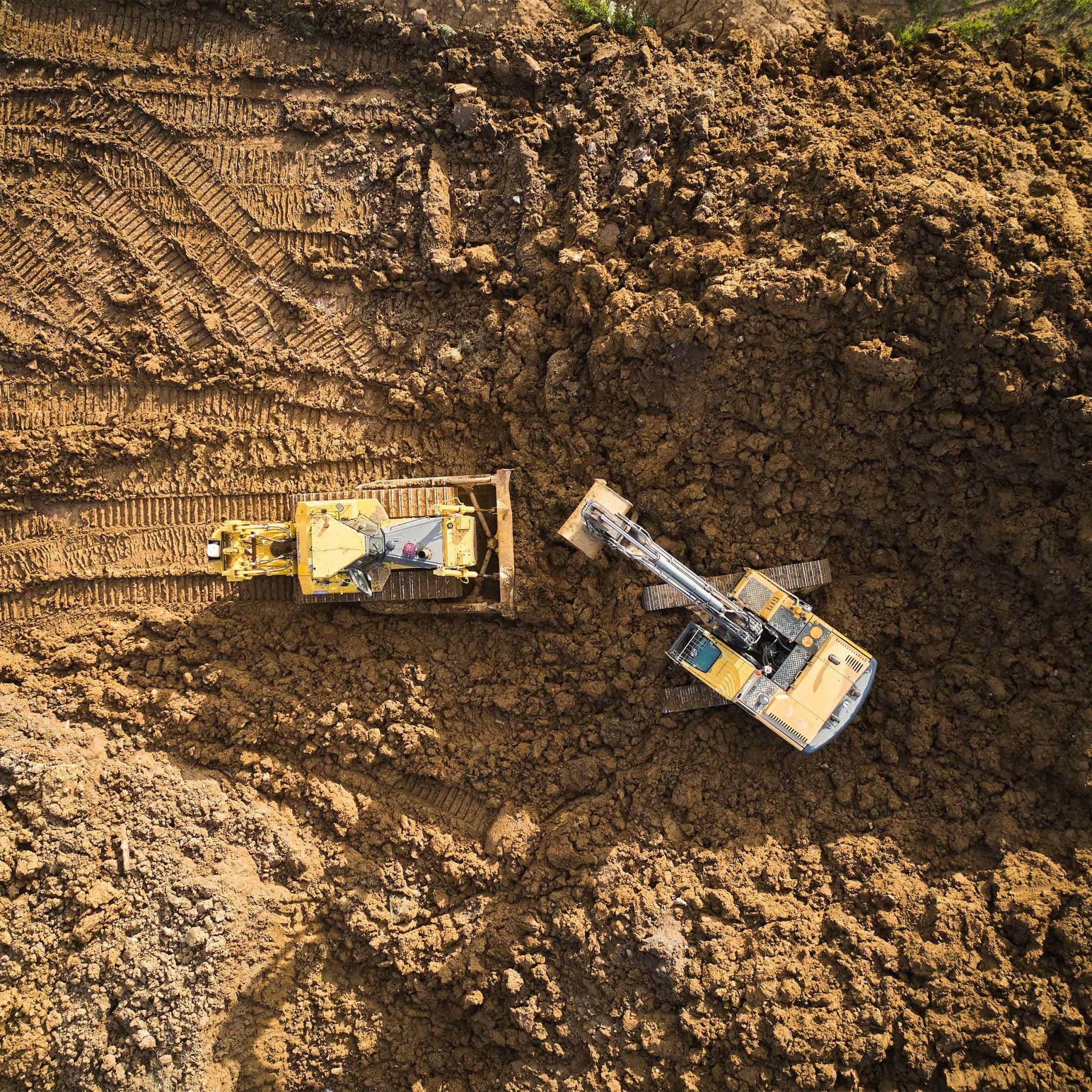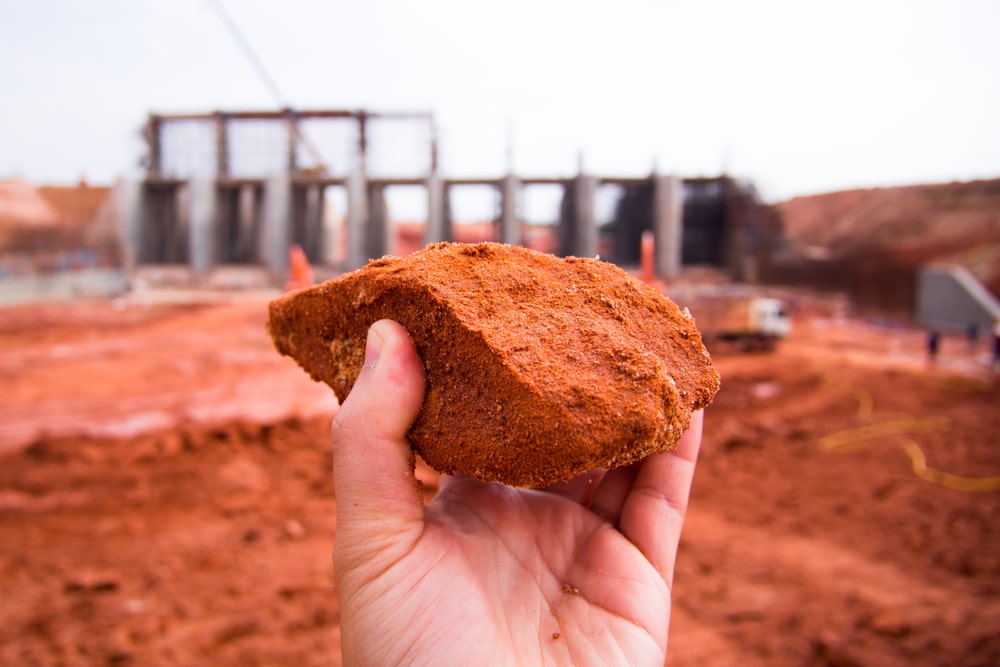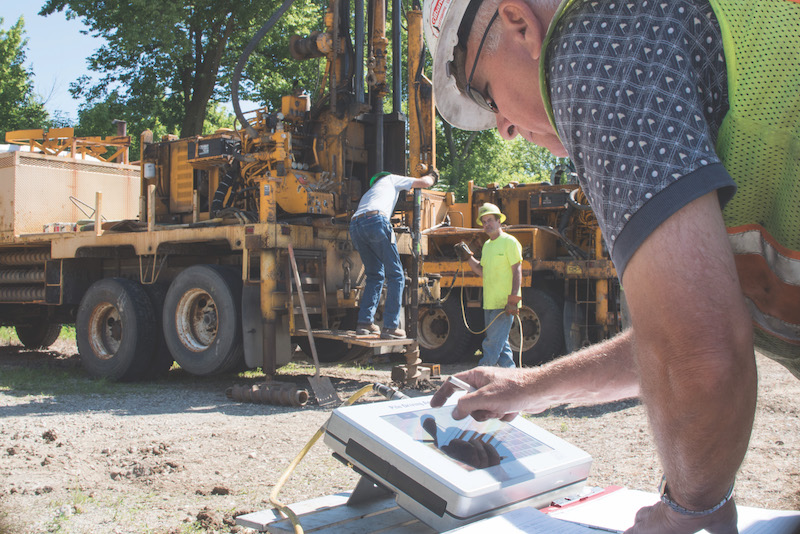The Crucial Payments of Geotechnical Designers in Analyzing Dirt Actions and Foundation Design for Sustainable Facilities Advancement
Geotechnical designers work as a cornerstone in the realm of sustainable facilities advancement, where their experience in analyzing dirt behavior directly influences the safety and longevity of structures. By employing advanced techniques such as Conventional Penetration Tests and Cone Penetration Testing, they meticulously evaluate soil residential properties, causing notified decisions on foundation design. These evaluations not only mitigate threats connected with differential negotiation however likewise lead the way for innovative, eco aware methods. As we check out the essential duty they play, the effects of their contributions raise important inquiries concerning the future of framework durability and sustainability.
Duty of Geotechnical Engineers

In enhancement to site examinations, geotechnical designers review prospective risks such as dirt liquefaction, slope security, and groundwater problems. They apply advanced design principles to create options that mitigate these threats, making sure that designs follow appropriate codes and criteria. Their work often entails cooperation with various other engineering techniques, architects, and ecological researchers to produce incorporated techniques to infrastructure development.
Moreover, geotechnical designers add to lasting practices by advertising using products and methods that lessen ecological impact. With their detailed understanding of dirt mechanics and geology, they play a crucial duty in fostering risk-free, resilient, and sustainable framework that satisfies the needs of society while shielding the atmosphere.
Dirt Behavior Assessment Methods
Recognizing dirt actions is fundamental to notified decision-making in geotechnical design, as it straight affects the design and building processes. Various evaluation methods are utilized to review dirt residential properties, ensuring exact predictions of its performance under different loading conditions.
One main technique is the Common Penetration Test (SPT), which supplies understandings right into soil density and consistency with the resistance encountered during penetration. Cone Infiltration Testing (CPT) provides a continuous profile of dirt stratification and in-situ toughness specifications, allowing an extra comprehensive understanding of subsurface conditions.
Laboratory examinations, such as Atterberg restrictions, unconfined compressive toughness, and triaxial tests, are important for defining soil actions under regulated conditions. These tests promote the decision of critical criteria, consisting of shear compressibility, strength, and leaks in the structure.

Structure Layout Concepts
Foundation design principles are essential for ensuring the security and longevity of frameworks, as they determine just how tons are transmitted from the superstructure to the underlying dirt. These concepts include different factors to consider, including load-bearing ability, settlement, and side security. A thorough understanding of dirt technicians is necessary for geotechnical designers to assess the communication in between the structure and the dirt.
One secret principle is the appropriate option of foundation type, which may consist of shallow foundations, such as spread grounds, or deep structures, like caissons or piles, depending upon soil problems and architectural loads - geotechnical industry. The foundation must be designed to minimize differential negotiation, which can result in architectural damage

Lasting Framework Practices
Just how can we successfully integrate sustainability right into facilities methods? Sustainable facilities practices start with detailed site evaluations, which assess dirt behavior, neighborhood environments, and resource accessibility.
Moreover, using innovative building and construction methods, such as utilizing recycled materials and low-impact structures, considerably lowers the carbon footprint of browse this site framework projects. Geotechnical engineers play a pivotal duty in selecting proper products that improve durability and sustainability, such as utilizing geo-synthetics to boost soil security and reduce erosion.
On top of that, sustainable facilities techniques require continuous surveillance and maintenance to make certain that structures stay resistant in time. This consists of applying adaptive administration methods to address possible environmental adjustments. Partnership among stakeholders-- including designers, regional areas, and policymakers-- is essential for integrating sustainability objectives right into task preparation and execution. Ultimately, these methods not only add to the long life of frameworks but also promote a healthier atmosphere, lining up facilities growth with more comprehensive sustainability objectives.
Case Studies and Applications
Study in geotechnical design give beneficial understandings into the useful applications of soil actions and sustainable framework methods. One noteworthy instance is the building of the Burj Khalifa in Dubai, where substantial soil screening and evaluation were carried out to assess the unique obstacles presented by the region's loosened sand and high water table. Geotechnical designers employed advanced strategies such as vibrant probing and cone infiltration testing to determine the dirt's load-bearing capability, ultimately bring about the style of a deep foundation system that sustains this famous structure.
An additional important case is the removal of the San Francisco-Oakland Bay Bridge after the 1989 Loma Prieta earthquake. Geotechnical analyses disclosed the requirement for dirt stabilization strategies, including grouting and dirt nailing, to improve the seismic strength of the foundation. These treatments not just enhanced the bridge's safety and security however also added to its longevity and sustainability.
Such study exemplify exactly how geotechnical designers play an important duty in understanding dirt behavior and applying cutting-edge services to make sure the structural honesty and sustainability of facilities tasks. geotechnical eng. Their proficiency is necessary in addressing the complicated tests posed by different dirt conditions across diverse geographical areas
Conclusion
Finally, the payments of geotechnical designers are vital for the evaluation of dirt actions and the design of foundations, which are necessary for lasting infrastructure development. With the application of sophisticated testing methods and ingenious products, these specialists make certain the stability and safety of structures while reducing ecological impacts. The integration of sustainable practices promotes resilience in facilities jobs, highlighting the value of partnership amongst stakeholders to attain reliable construction solutions that meet both societal and environmental demands.
Geotechnical engineers offer as a foundation in the realm of lasting facilities advancement, where their proficiency in evaluating dirt habits directly influences the safety and longevity of frameworks.Geotechnical designers play a crucial duty in the design and construction of infrastructure by analyzing dirt and rock habits to guarantee stability and safety and security. A thorough understanding of dirt technicians is crucial for geotechnical designers to assess the interaction in between the foundation and the soil.
Geotechnical assessments disclosed the demand for soil stabilization strategies, including grouting and dirt Click This Link nailing, to improve the seismic durability of the structure.In final thought, the contributions of geotechnical designers are crucial for the assessment of dirt habits and you can try these out the design of structures, which are important for lasting facilities growth.
Comments on “The Effect of New Technologies on the Geotechnical Industry”